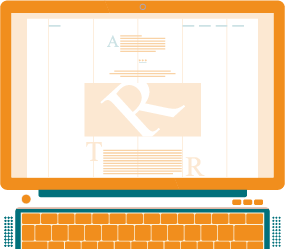Risk Management Blog
Content for Risk
Management Professionals

April 12, 2019
It is important for an organization to identify, assess and prioritize opportunities and threats. Once complete, some C-suite leadership may be hesitant to offer a glimpse behind the curtain to a broader audience, but a willingness to be transparent with risk assessments can play a key role in successful employee engagement. When leadership receives the results of a risk assessment, who should have access to this information?
Transparency is key for an organization seeking to manage risk effectively. A bias toward transparency can lead an organization to improve communication, provide accessibility to the data and information and boost its reputation.
Clarity of Communication
Transparency in a company’s risk assessments allows leadership to communicate their objectives to staff. With a greater understanding of the business’s risks, business unit owners, managers and process owners can better connect with the policies and business objectives, and leadership can have a higher expectation of accountability.
The results of a risk assessment, however, can be confusing for those not in the know. The best way to ensure clarity is to involve team members in the risk assessment process. Often, risk assessments are completed by risk managers for one or several of the following reasons:
The quality of your risk assessment design and the utilization of an effective ERM-GRC assessment platform overcomes these challenges and should inherently make it easier to provide transparency into completed risk assessments. Using effective reports and dashboards, the most important information can be available on-demand or delivered in the appropriate format to internal stakeholders.
Improve Accessibility
Leadership that chooses to make elements of the risk assessments more transparent to the teams and departments that are impacted can make for a more effective and efficient workforce. A business can improve accessibility of risk assessments or employees by answering their queries, letting them know what is happening and providing qualitative approaches to the results.
These qualitative analyses should reveal how the process of the risk assessment was conducted and the prioritization of risks that are facing an organization. Any qualitative analysis should include clear language and an explanation of rationale, including:
Bank Your Reputation on It
With a more transparent culture in an organization, sharing information from risk assessments can demonstrate that your company values involving its employees in its processes. This leads to more employee investment when they better understand the stakes.
Transparency can affect the reputation of an organization as the market sees how the business is operating with a more open and collaborative culture. Providing employees more access to risk assessments increases mitigation effectiveness and reduces the likelihood that your company will suffer a reputational blow due to an embarrassing risk management failure.
Ask Us More
Companies that are not accustomed to transparency may be reluctant at first to share the results of risk assessments, but there are ways to make this information appropriate for stakeholder audiences. Procipient®, the ERM-GRC solution with a pre-built enterprise risk framework, can help transparency be established in the right way. For a demonstration of how your results can be shared with your workforce, request a demo.